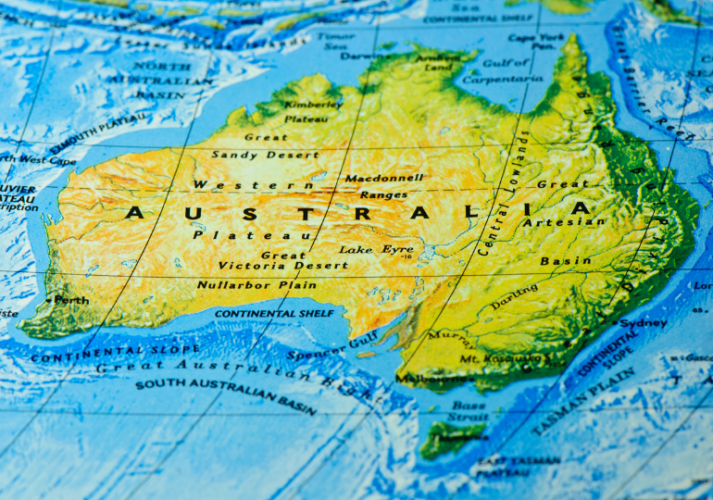AMA approach to easing international border restrictions
The Australian Medical Association believes that easing international border restrictions in the COVID-19 pandemic should be consistent with key principles.

The Australian Medical Association believes that easing international border restrictions in the COVID-19 pandemic should be consistent with these principles:
- Australia’s international border closures remain an important part of our efforts to contain COVID-19 and will be required, either in their current form or a modified form, for some time to come.
- Australia must urgently develop a clear strategy that guides our approach to easing international border closures if we are to properly prepare for this. This strategy must detail the necessary preparation, the key milestones, and necessary prerequisites – which can then determine the pace of easing, the extent of easing and the conditions attached to future international travel.
- Public discussion about the strategy and timelines for opening borders will help Australians see the benefits of vaccination and the very real risks of not being vaccinated.
- We can not rush to reopen travel with other countries because our current level of vaccination in the population is too low. Until large supplies of vaccines arrive for those people where Astra Zeneca is not preferred, we will not be in a position to reach the level of vaccination required to support more open international borders.
- The strategy and approach need to be based on independent medical advice that prioritises the safety of the community over any other factor. It will need to take into account the local rate of vaccination, both in adults and children; the capacity of the Australian health system to keep up with ongoing growth in demand for services, particularly in our public hospitals, while also ensuring that there is sufficient surge capacity available to deal with future community outbreaks; the adequacy of quarantine facilities; and the continued effectiveness of the vaccines deployed in Australia in preventing hospitalisation and serious illness, including in relation to variants.
The key components of a strategy would include:
- The introduction of mandatory COVID-19 vaccinations for outbound and inbound travellers, with only limited exemptions for defined medical reasons;
- The maintenance of a system of quarantine using dedicated quarantine facilities for those travelling to and from countries deemed as being higher risk;
- The use of rapid screening tests at Australian airports and ports;
- The adoption of a traffic light or similar classification system that sets transparent criteria for the easing of borders with individual countries or regions considering factors in those areas such as the prevalence of COVID-19, including variants; vaccination rates; the degree of confidence with respect to matters such as testing regimes; the transparency and accuracy of available data; and Local containment strategies;
- Attaching risk mitigation measures to the traffic light classifications system, including maintenance of border closures for travel with very high risk countries/regions; mandatory time in a designated quarantine facility, if any; mandatory time in home quarantine, if any; requirements for COVID-19 testing, either onshore, offshore or both.
In terms of timing, if a high proportion of the population is vaccinated by the end of the year and our health system is prepared, then we could see border closures progressively eased from early in the new year, initially targeting travel with low risk destinations.



